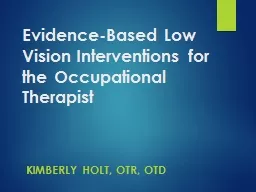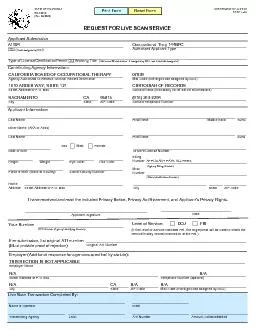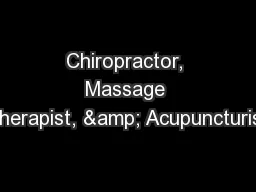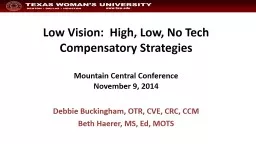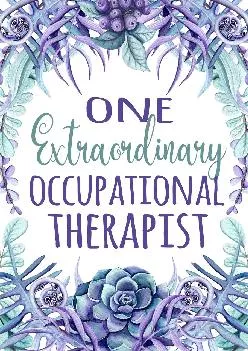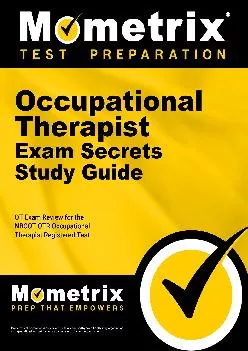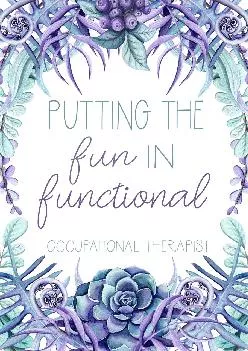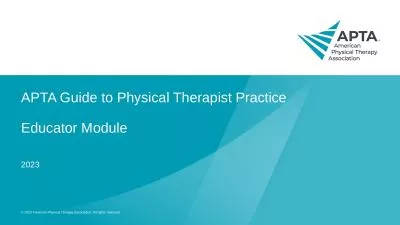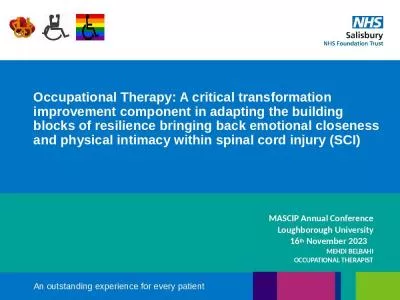PPT-Evidence-Based Low Vision Interventions for the Occupational Therapist
Author : briana-ranney | Published Date : 2018-12-08
Kimberly Holt OTR OTD The only thing worse than being blind is having sight but no vision Keller 1996 Purpose This continuing education program will educate occupational
Presentation Embed Code
Download Presentation
Download Presentation The PPT/PDF document "Evidence-Based Low Vision Interventions ..." is the property of its rightful owner. Permission is granted to download and print the materials on this website for personal, non-commercial use only, and to display it on your personal computer provided you do not modify the materials and that you retain all copyright notices contained in the materials. By downloading content from our website, you accept the terms of this agreement.
Evidence-Based Low Vision Interventions for the Occupational Therapist: Transcript
Download Rules Of Document
"Evidence-Based Low Vision Interventions for the Occupational Therapist"The content belongs to its owner. You may download and print it for personal use, without modification, and keep all copyright notices. By downloading, you agree to these terms.
Related Documents

